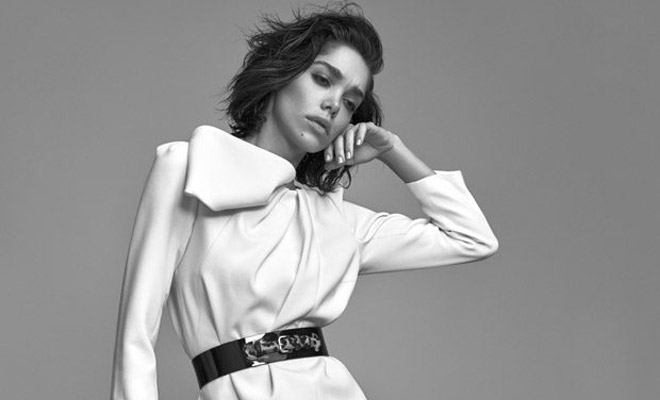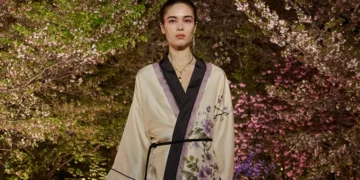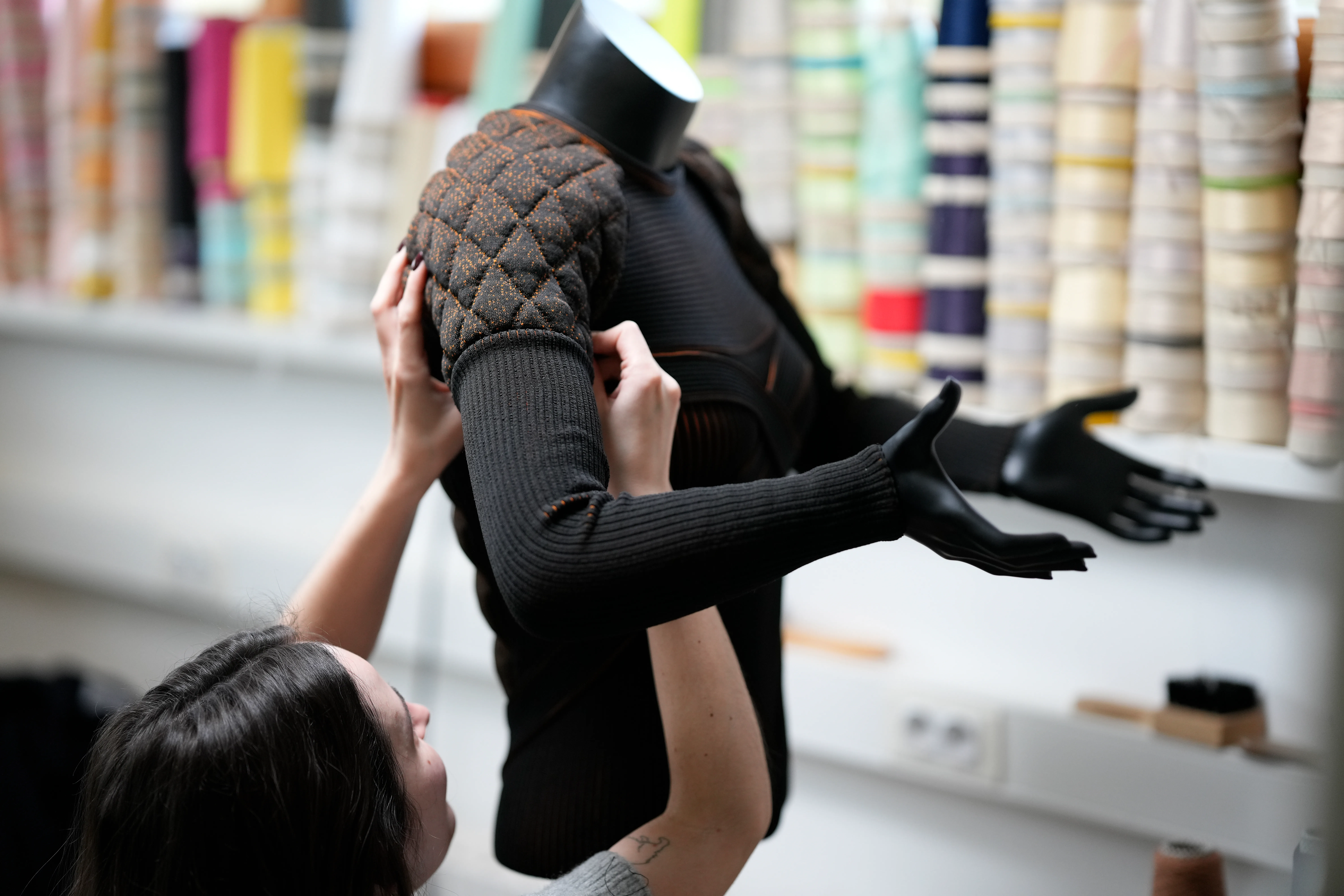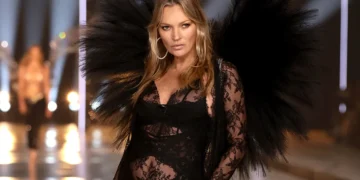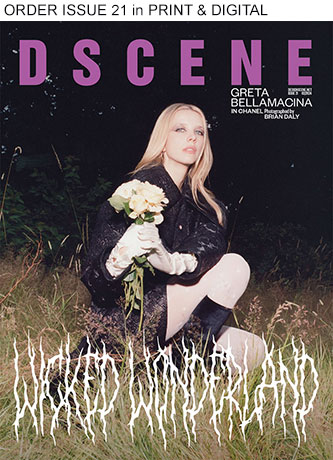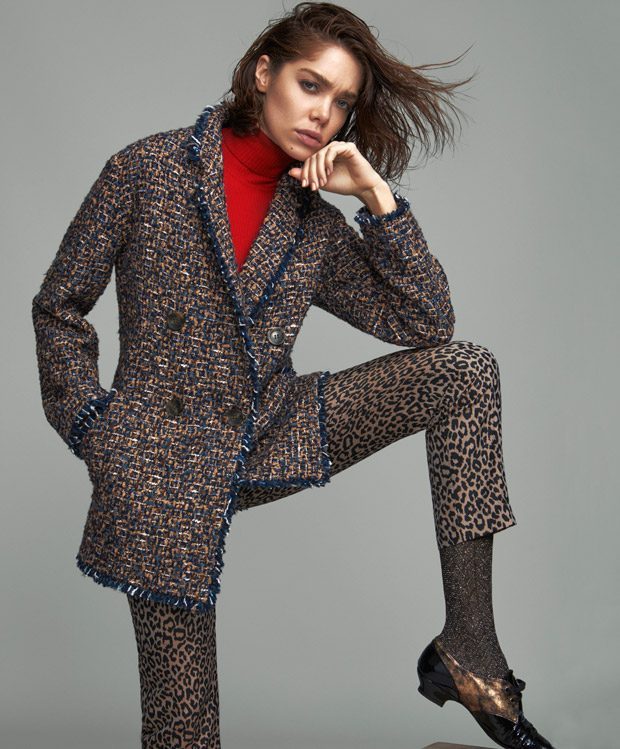
In many industries, such as photography and fashion, lookbooks are the preferred way of showing off work, winning projects, and networking with other professionals and prospective clients. But if you’ve never designed a lookbook before, the whole process can feel a little intimidating.
5 Tips for a Compelling Lookbook
A lookbook is essentially a digital or printed document that features visual representations of your collection of work. Typically used in fashion, art, and web design, lookbooks are designed to show off your products, earn business, and build your brand.
According to The Fashion Darling, “There are 2 types of lookbooks – consumer lookbooks for the general public and wholesale lookbooks for buyers, agents and distributors. The only difference is that wholesale lookbooks list product information that helps the buyer understand your product and pricing structure.”
With a compelling lookbook, you can show off your products/ideas and communicate value to prospective clients or brand partners. Unfortunately, a lot of lookbooks have the opposite impact – dissuading people as a result of poor design and execution.
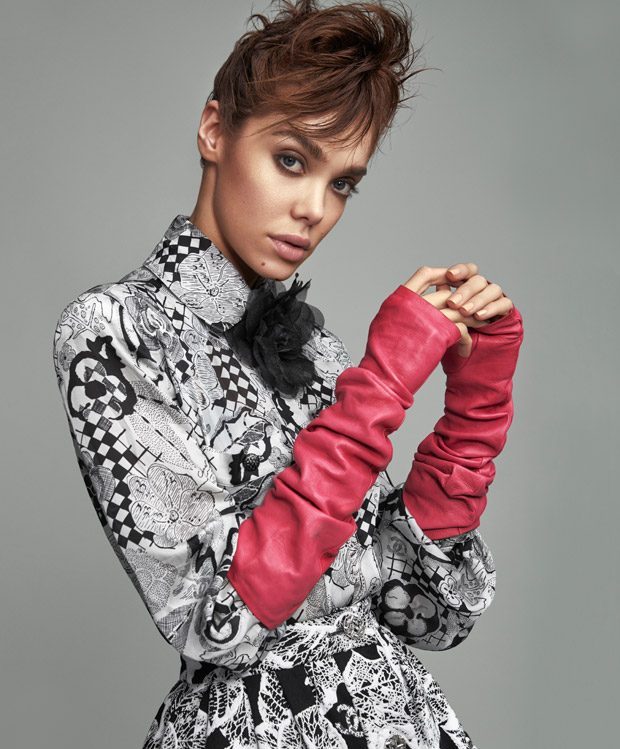
If you want your lookbook to be effective, you need to take a strategic approach. Here are some tips and pointers:
- Set a Budget
“How much do you have allocated to a lookbook? You can budget high or low but make sure that your expectations match your budget,” designer Tiffy Diamond writes. “Remember that this is an investment that will help you bring more revenue to your company. The more you can allocate to budget the better it will be.”
If you’re worried about costs and don’t have a big budget, limit your lookbook to your best products and designs. Focus on quality over quantity and use your best products to earn the right to be heard.
- Select the Right Material
The actual physical materials you use will impact everything from the look to the feel to the smell of your lookbook. For best results, go with a print shop that can give you “perfect binding.”
As Printing Center USA explains, “Perfect binding is like the book binding you see on phone books, paperback books, directories, magazines, publications, or any type of book. The number of pages are unlimited up to 2” thick. They are inexpensive to make and provide an attractive looking, durable book with a square spine.”
- Keep it Simple
In design, there’s often a temptation to do too much. You want to show off your skills and style, so you try to cram everything into a limited space. But if you want to make a statement, it’s best to keep things simple.
Simple is what sells. Focus on the visuals and let your designs do the talking. The layout should be clean, orderly, and minimalistic. Keep text and distractions out of the way and give your designs the spotlight at center stage.
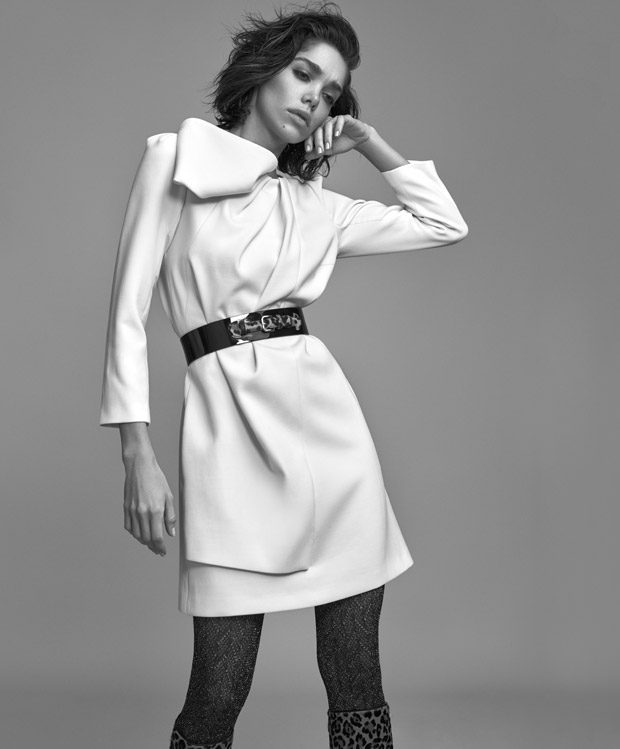
- Tell a Story
A lookbook should tell a story. From start to finish, it should be your goal to convey a unique idea to your readers – explaining why your designs are unique and appealing.
Telling a story is particularly challenging when you can’t use a bunch of words. Choose a style and stick with it. Consistency will help you deliver the right story to your audience. Zero in on your flavor and never deviate.
- Get a Second Set of Eyes
It’s easy to get so caught up in your own work that you begin to see things that aren’t really there, or overlook issues that are present. To avoid being blinded by your own shortcomings, it’s wise to get a second (and third) set of eyes to review your lookbook and provide suggestions.
When choosing someone to review your lookbook, you need to make sure they’re on the same page as you. They should understand your style and be able to provide feedback that’s on-brand. Otherwise, they could actually cause you to deviate. As with the rest of the process, be purposeful.
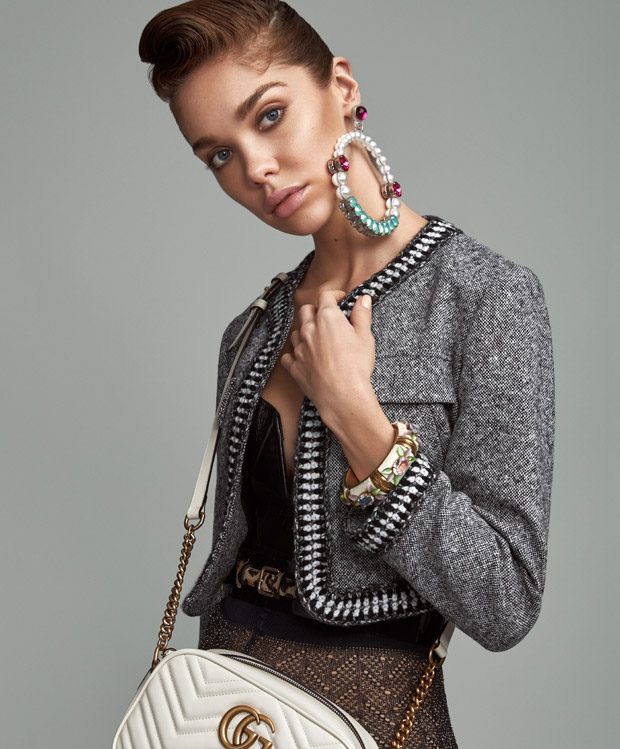
Putting it All Together
There’s no formula for creating a successful lookbook. Success is found in the creativity brands and designers use. But with that being said, you can increase your chances of being successful by using the aforementioned tips and strategies. Best of luck!
All images from Fall Fashion by Lalo Torres for Design SCENE Magazine – see full story here.
